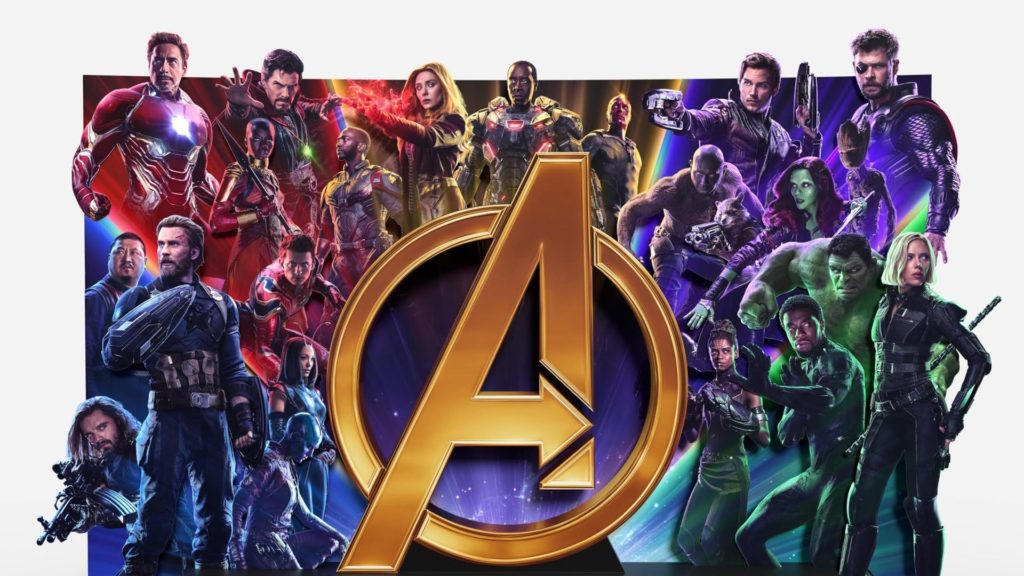With the release of The Nun this weekend smashing the box office into tiny little pieces, it’s time to talk about an idea that’s been on my mind for some time now. It seems to be the general consensus that the “shared universe” in movies is a sign of creative decay and isn’t worth any true cinephile’s time. And while it’s true that a lot of companies are attempting them – especially in the wake of the pile of Conjuring spinoffs (of which The Nun is a proud member) and the tsunami of films that make up the Marvel Cinematic Universe – there’s nothing inherently bad about the fact that they exist. In fact, there’s something pretty unprecedented and exciting going on here.
Obviously, sequels and spinoffs have existed since centuries before the art form of cinema was even invented, so it’s not like this idea is particularly new, but the way the culture has embraced it on such a large scale certainly is. It was quickly mocked when Marvel claimed that Avengers: Infinity War was the most ambitious crossover event in history, but they’re not actually wrong. It’s not every day that a studio spends hundreds of millions of dollars to smash characters from different properties together like a child’s toybox or dive deep on a minor character or element from another blockbuster.
Obviously a lot of cinéastes have a problem with the cookie cutter material that big studios feel safe in spending this kind of money on, but shared universes are filling a void in the culture that came with the rise of prestige television. Now that a great many TV shows can be binged in a weekend or feature short seasons with truncated arcs, the amount of serialized narrative the average American viewer is consuming has dropped drastically.
It might not be an especially prestigious or respectable thing in the first place, but the ethos of the TV drama lives on. It has just migrated onto the silver screen. Audiences can watch characters they know and love through every stage of their journey, returning to check in on them once or twice a year instead of weekly in their living rooms. Universes like the MCU are essentially the most expensive daytime soap ever made, and the fact that the form has gotten a billion dollar shot in the arm isn’t something to lament. It’s an exciting phase in entertainment that blows up what we had before into a large-scale spectacle the likes of which the world has literally never seen.
Brennan Klein is a writer and podcaster who talks horror movies every chance he gets. And when you’re talking to him about something else, he’s probably thinking about horror movies. You can find his other work on his Dread Central column applying film school theory to silly horror movies, his Ghastly Grinning column pairing the week’s releases with the perfect classic horror double feature, and his blog Popcorn Culture where among other movie reviews, he is running through every slasher film of the 1980’s. Also check out his podcast Scream 101, where he and a non-horror nerd co-host tackle horror reviews with a new sub-genre every month!
